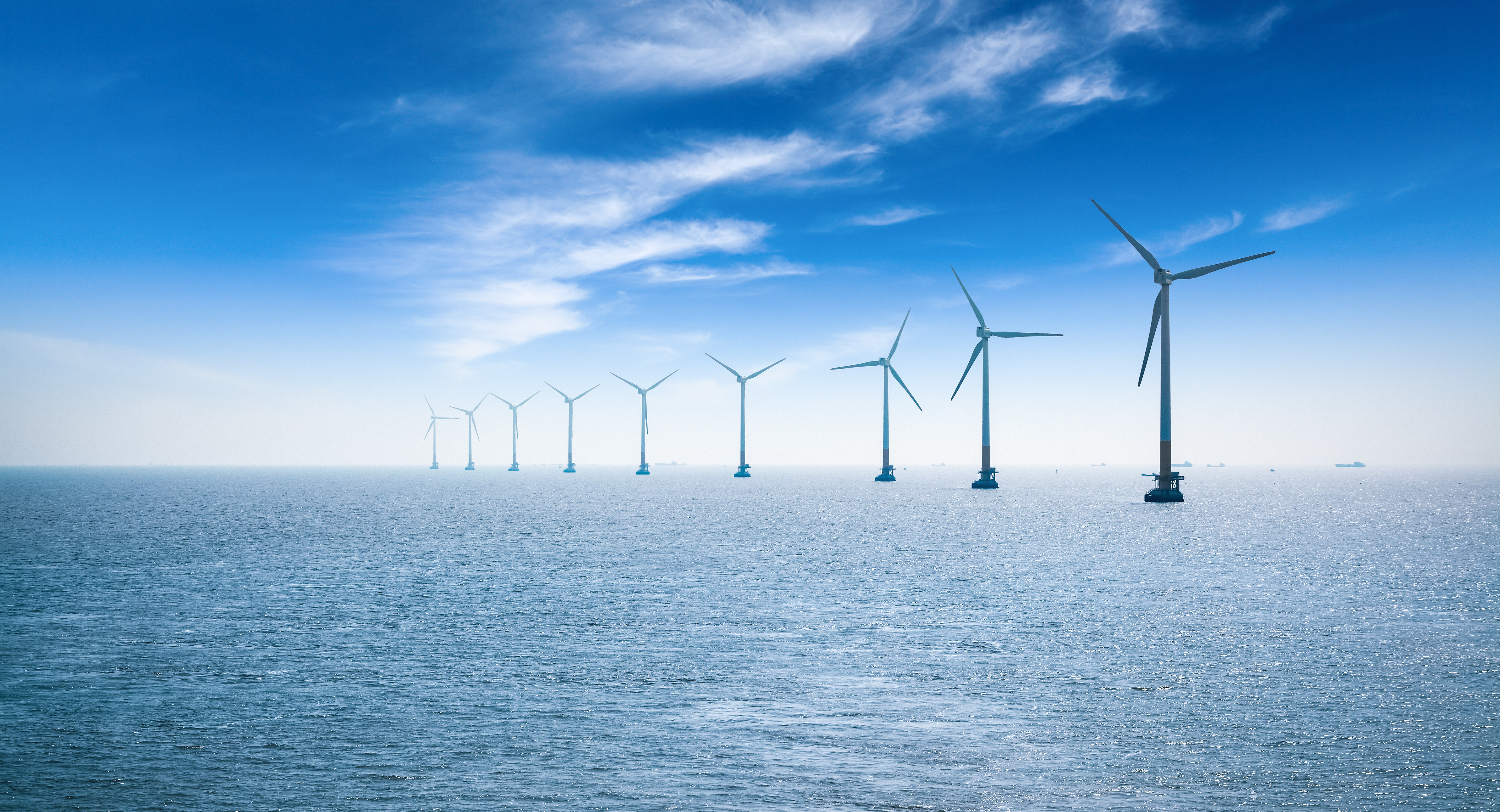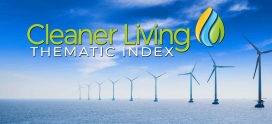Wind Cleaner Energy Projected to Be $70 Billion Supply Chain Opportunity
A white paper from the Special Initiative on Offshore Wind (SIOW) with analysis from the Renewables Consulting Group projects that the infrastructure build-out required to capture the offshore wind energy initiatives could top $70 billion:
The study projects the offshore renewable energy source will generate nearly 20 gigawatts (GW) of cost-competitive power in seven Atlantic Coast states by 2030, and nearly $70 billion in capital expenditure (CAPEX) revenue opportunity for businesses in the U.S. offshore wind supply chain.The white paper is a first-of-its-kind analysis that offers a road map to states and a menu to suppliers for building gigawatts of new U.S. offshore wind over the next decade. It does so by quantifying the timing and pace of $68.2 billion in supply chain contracting prospects for installing the 18.6 GW of offshore wind power procurements forecasted on the Atlantic Seaboard by 2030.
Source: New report: U.S. offshore wind generates $70 billion supply chain opportunity – Into the Wind
This article goes on to breakdown the components of these projections:
-
Over 1,700 offshore wind turbines and towers: $29.6 billion
-
Over 1,750 offshore wind turbine and substation foundations: $16.2 billion
-
Over 5,000 miles of power export, upland and array cables: $10.3 billion
-
Over 60 onshore and offshore substations:$ 8 billion
-
Marine support, insurance and project management activities: $ 3 billion
These projections offer significant tailwinds (pun intended) for two of our investment themes: Cleaner Living and Disruptive Innovators. The Cleaner Living theme is obvious — the theme encompasses all aspects of living a healthier lifestyle, including supporting clean energy products in the vein of solar, wind, LED lighting and electric vehicles. On the Disruptive Innovators front, when it comes to renewable energy, the theme encompasses the companies building out the wind turbines and power converters that are making this form of energy production more cost-efficient and thus in line with fossil fuel options, which are in turn spurring the adoption rate of these alternative energy sources.




